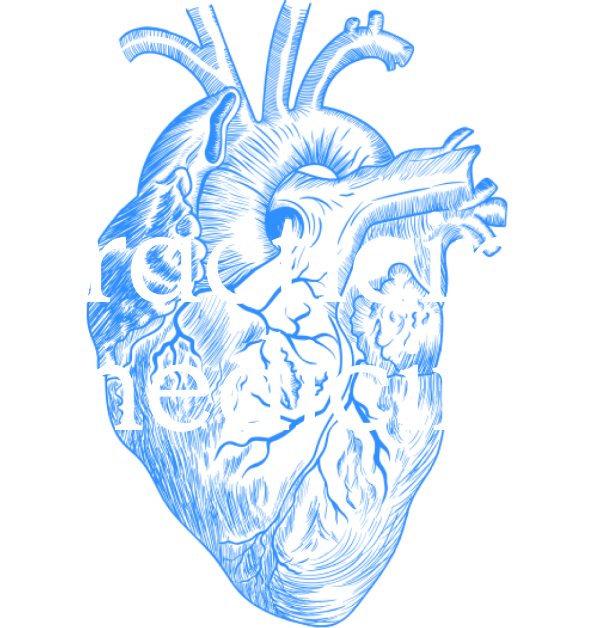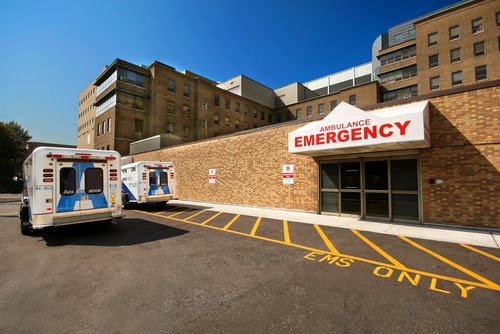June 5, 2014
How the ED (Emergency Department) Works
Ambulance image via Shutterstock The Emergency Department is one of the most active and exciting parts of the hospital because it is the hospital’s sieve. The ED physician determines whether an injury or complaint is life-threatening or not and then treats or admits the patient to the hospital if necessary. Someone usually comes in by...




